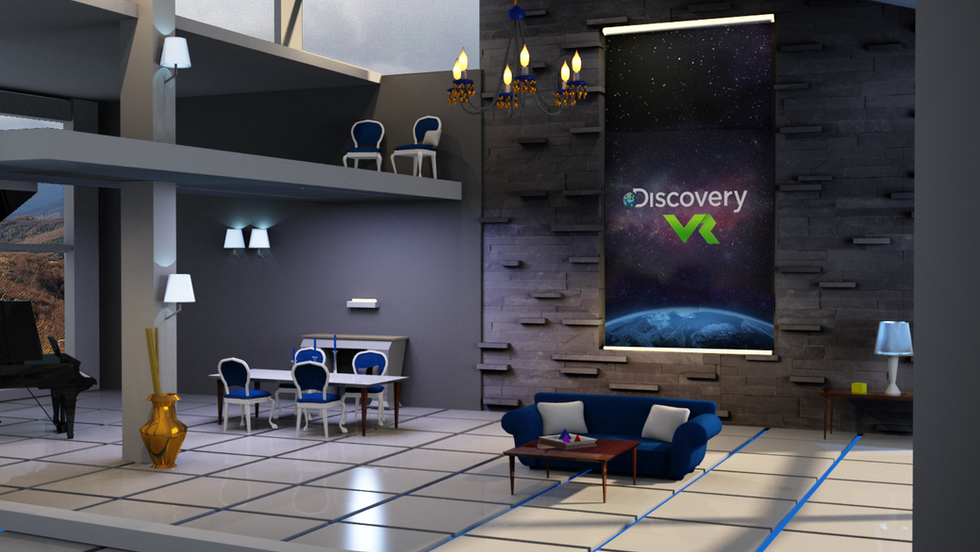Gear VR Videos
Platforms
Gear VR
mobile
Role: UI | UX VR Design Lead
Software
3ds Max
Vray
Photoshop
Illustrator
Unity
Compatible Devices
Samsung Phones:
• Galaxy S9 / S9+
• Galaxy Note 8
• Galaxy S8 / S8+
• Galaxy Note FE
• Galaxy S7 / S7 edge
• Galaxy Note 5
• Galaxy S6 / S6 edge / S6 edge+ Samsung
Web and Mobile: (Not featured)
Tablets: • Galaxy Tab S2 • Galaxy Tab S3 Apple Phones: • Devices running iOS 11 or greater

Developed mobile design for Samsung VR that used a "real-time" environment. The goal was to run a highly optimized 3d environment for mobile VR platforms. The original room was a cube map and wanted to move to full 3d. The entire environment, baked lighting, single-pass shaders, atlas textures, are individual work. The work below shows my UI/UX work and main responsibilities. Lead a small team that shipped globally to over 12 million + users world wide.
















